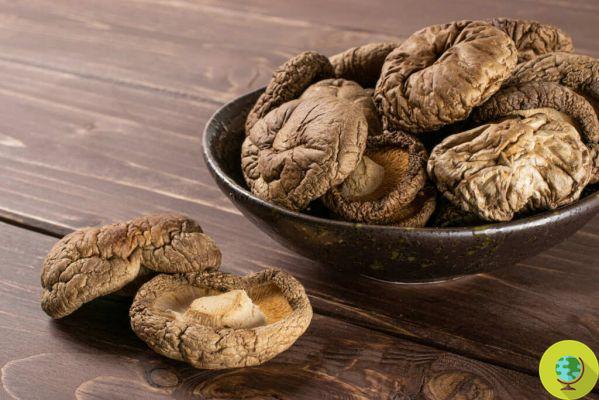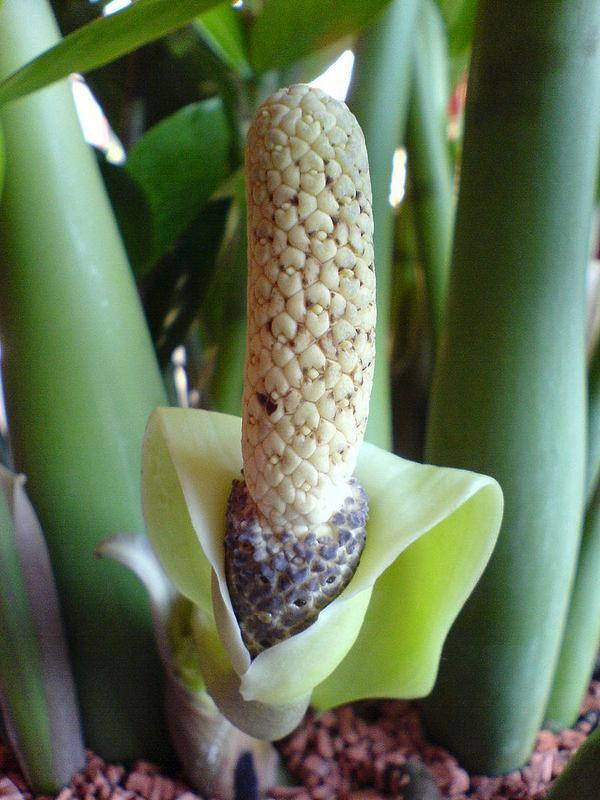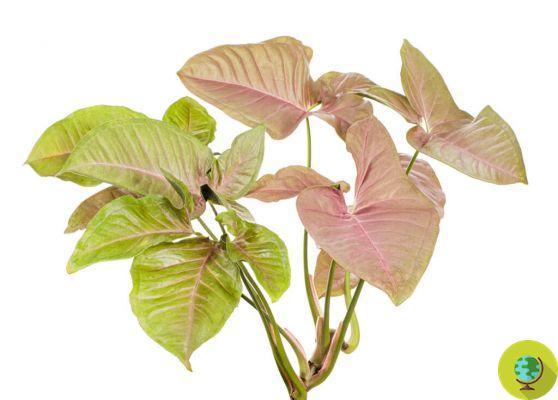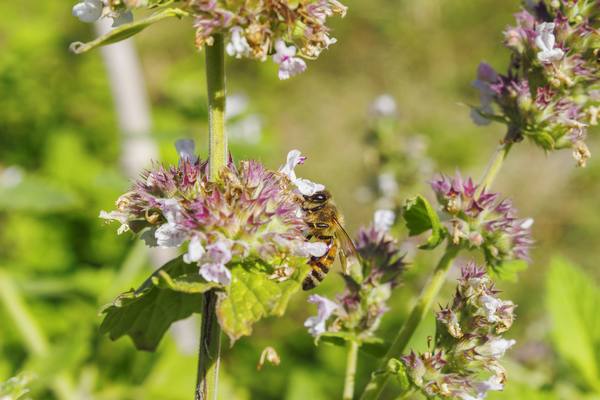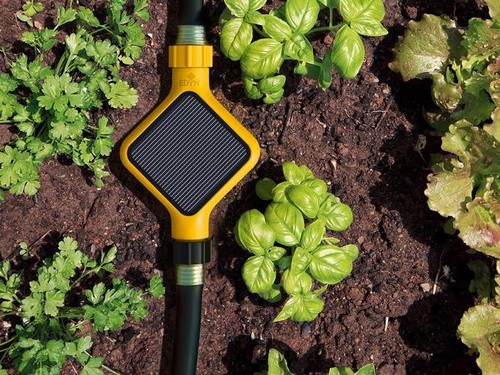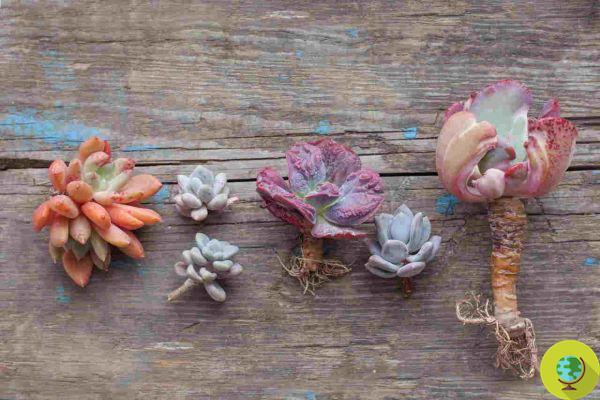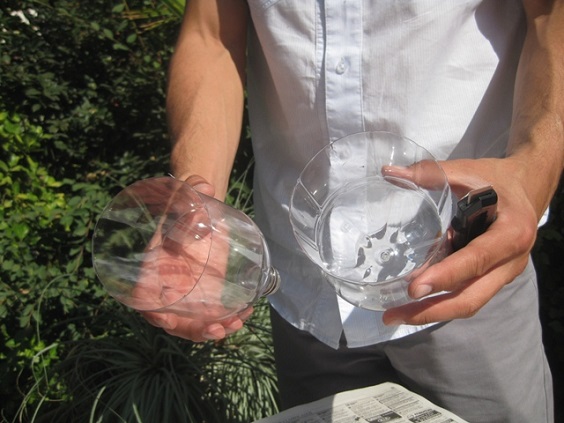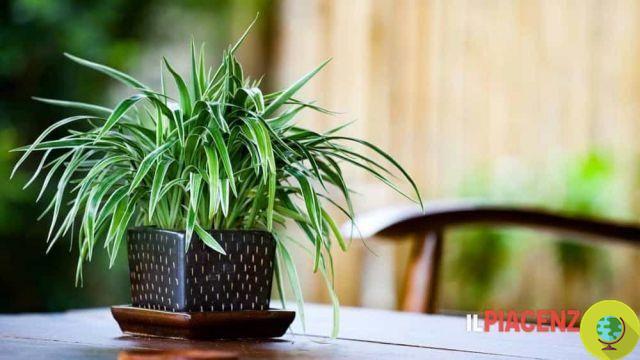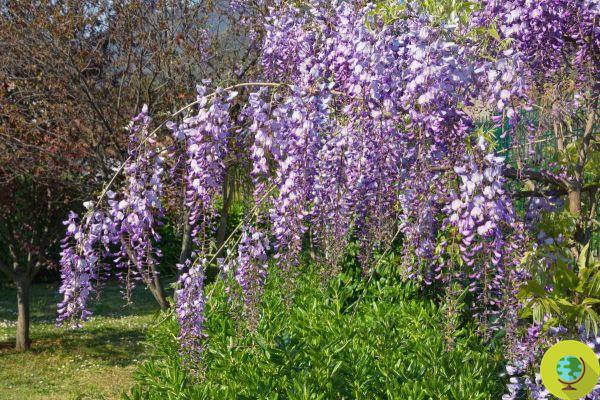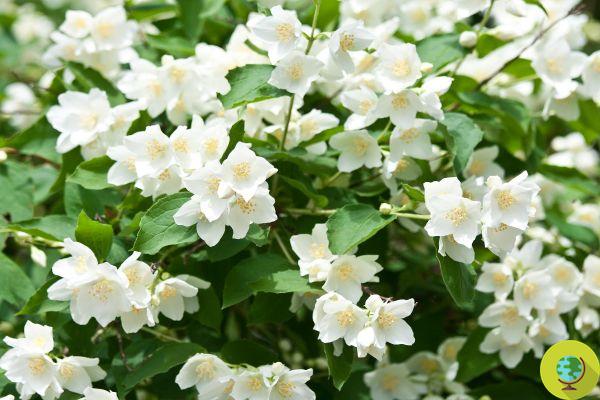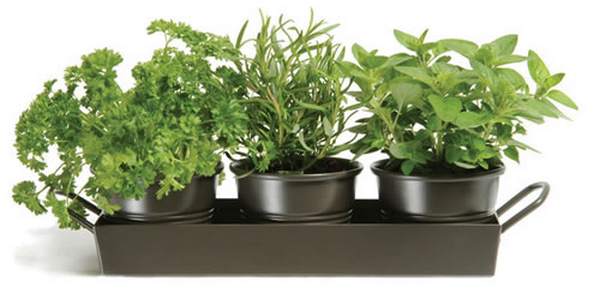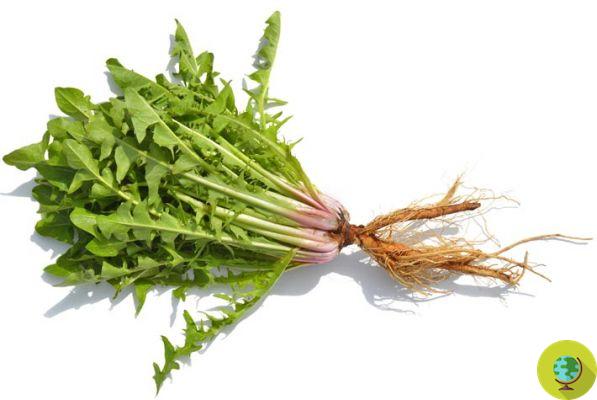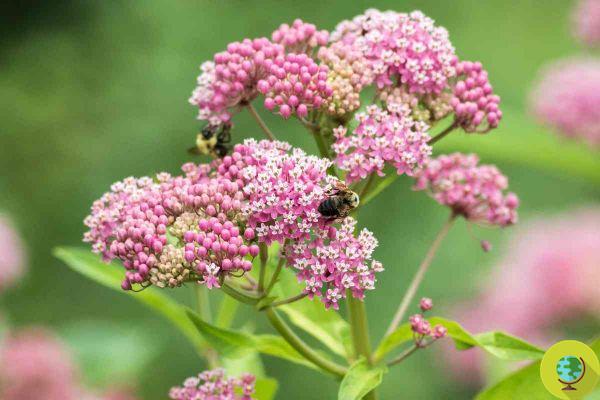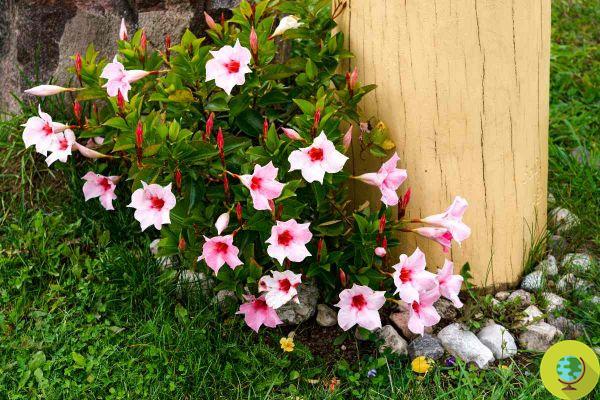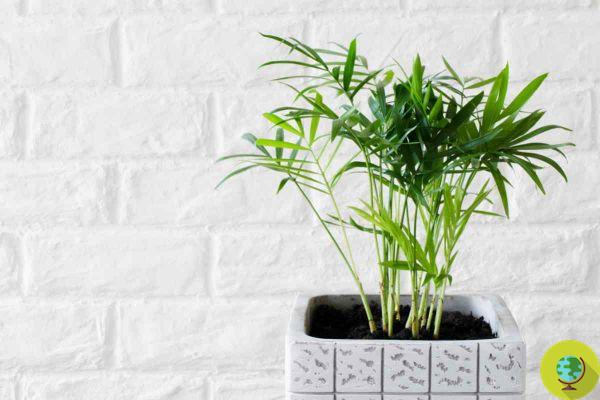Mandevilla and dipladenia are very similar tropical plants, but they are two different botanical species. Here are all the differences and how to recognize them.
He is about to end up run over, his mother saves himMandevilla and dipladenia are tropical, ornamental plants e evergreen with continuous colored and perfumed blooms. Much appreciated in gardens, these plants love the sun, and do not tolerate cold and frost. They look the same, but in reality they are two different botanical species; let's discover the main differences between mandevilla and dipladenia. (Read also: Dipladenia: how to grow, prune and care for the mandevilla)
Index
Mandevilla and dipladenia: origin
The mandevilla genus includes many species native to Argentina, Mexico, Brazil and India. This species it grows spontaneously in tropical forests, where they tend to grow under the canopy of very large trees.
Mandevilla and dipladenia have long been associated; in fact, for several years dipladenia was also included in the mandevilla genus, but today the latter belongs to a different botanical genus. The reason for this is due to the strong similarity between these plants both in the flowers and in the leaves.
Differences
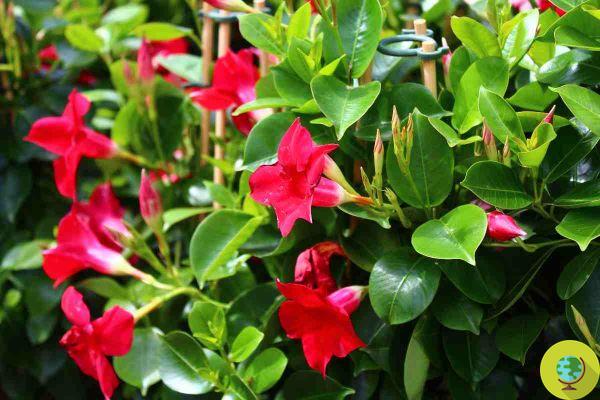
©Martinaunbehauen/123rf
Despite the similarity, mandevilla and dipladenia are two different plants. To distinguish them just look at some of their main characteristics, such as:
- leaves: the mandevilla has large leaves with very evident veins, while the dipladenia has small, smooth, leathery and shiny leaves.
- fiori: the mandevilla has larger flowers, while those of the dipladenia are slightly smaller
- heights and lengths: dipladenias have a more moderate and contained growth, while adult mandeville can even reach and exceed 4 meters.
In both genders i fiori they sprout laterally with large bell-shaped corollas, with a long throat and five superimposed petals. As for the stem, however, it appears woody with tuberous roots; when the leaves break they release a latex which can cause skin irritation, for this reason it is advisable to carry out pruning and decanting with specific gardening gloves.
How to grow them
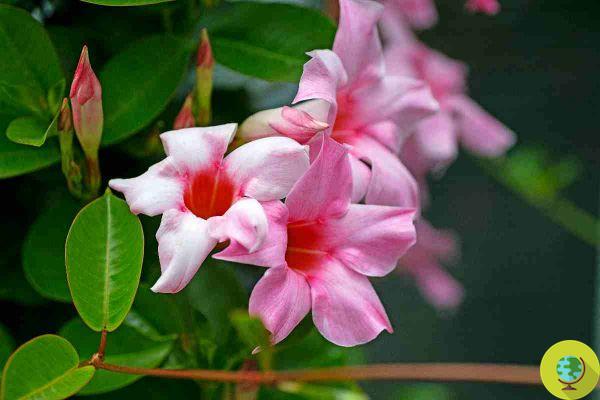
©Bakalaerozz/123rf
Growing the mandevilla is quite simple, especially in a mild climate area; remember that it can be grown both in pots, as long as they are large, and in the garden; the important thing is to add a few handfuls of sand to the earth, however ensure adequate ventilation at the roots, and a little peat to acidify the pH of the soil. The display must be in a sunny and sheltered area from the wind.
Since it is a sun-loving tropical plant, during the winter, especially if the temperatures drop below freezing, it is good cultivate the plant in pots and then bring it indoors during the cold season. If, on the other hand, it is grown in the garden, the advice is to protect the mandevilla collar with dry leaves.
La dipladenia, on the other hand, prefers slightly more shaded areas; it loves the humid climate, therefore during the winter it can lose all the foliage due to the cold, but then in the spring it grows back strong and luxuriant.
It should also be remembered that both species have a period of vegetative rest, which runs from December until the end of February. What to do to protect these plants? Reduce watering to once a month, and protect it in case of cold and frosts. Flowering begins in spring and can last until the end of October; after the birth of new flowers you can proceed with pruning, shortening the branches where the new flowers were born leaving two buds from the base.
Dipladenia and mandevilla can be reproduced by cutting from June to September. How? By taking the rpartially lignified lateral hooks. The cut will have to be oblique and to be carried out with a sharp knife to avoid that frayed branches can remain, which rotting can cause mold. Once the cuttings have been taken, they will be immersed in rooting hormones and, subsequently, placed in a small vase filled with peat and sand.
Follow us on Telegram | Instagram | Facebook | TikTok | Youtube
Could it be interesting for you:
- Dipladenia or Bouganville? Differences between the two most popular climbing plants
- Not just mimosa: the plants and trees that bloom now, between the end of February and the beginning of March
- Honeysuckle: how to grow lonicera in pots and in the garden
- Bougainvillea: how to take care of it in winter and protect it from frost
- Chrysanthemum: how to grow it in pots or in the garden
- Wisteria, pruning time! How and when to prune the most spectacular climbing plant of all
- Aromatic herbs to plant at the end of the month to have them available already in spring





